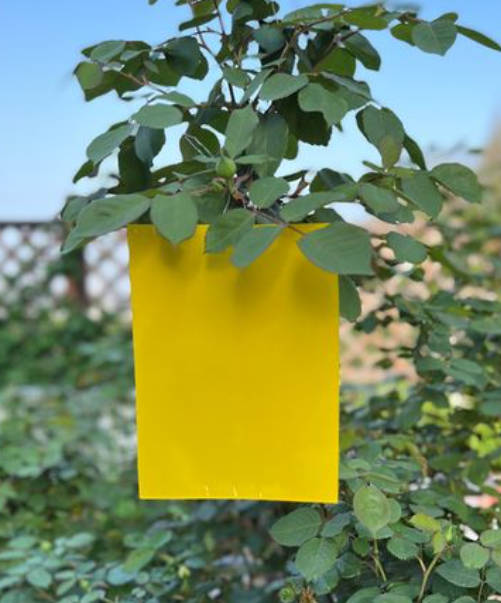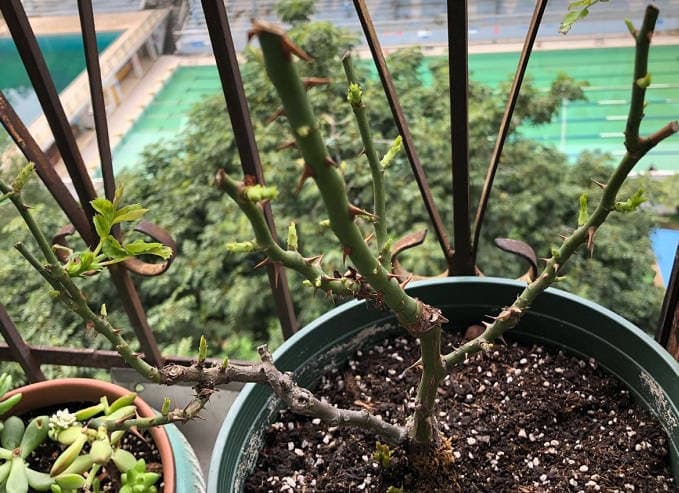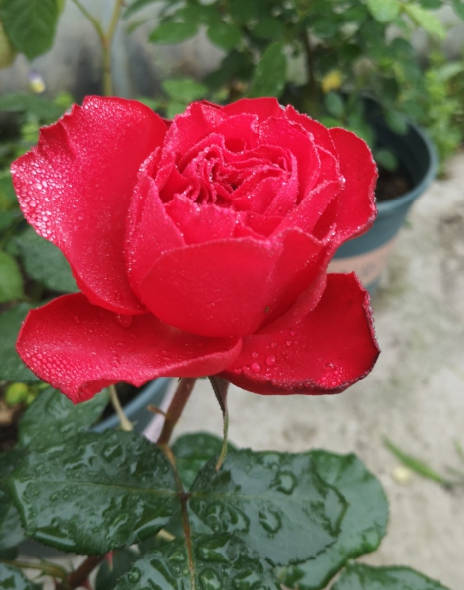Rose Stem Borers: How to Identify, Prevent & Treat
April marks the budding season for roses, and watching those tiny buds swell day by day fills every gardener with excitement. However, this is also the time to stay vigilant, as a dangerous pest may already be lurking in your garden—the rose stem sawfly (Hartigia trimaculata).

Identifying the Rose Stem Sawfly
To effectively control this pest and protect your roses, you must first learn to recognize it. Many gardeners mistake the rose slug sawfly (rose slug) for the stem sawfly, but their damage levels are vastly different.
Rose slug sawflies (larvae of Endelomyia aethiops) are typically active in early summer. Their larvae skeletonize rose leaves but rarely cause stem dieback. A simple insecticide spray can manage them easily.
In contrast, the rose stem sawfly is far more destructive. It targets healthy young stems to lay eggs, and the hatching larvae bore into the stems, causing them to wilt, droop, and eventually die. Imagine your prize rose bush, just about to burst into bloom, suddenly collapsing due to these pests—every gardener’s nightmare!

How to Spot a Stem Sawfly Infestation
- Symptoms: Sudden wilting or drooping of young stems, hollowed-out interiors.
- Peak Activity: Mid-to-late April (especially in Jiangsu-Zhejiang-Shanghai regions), often after rainy periods followed by sunny weather.
- Critical Prevention Window: Late March to late April (focus on stopping egg-laying adults).
Effective Control Strategies
1. Eliminating or Repelling Adult Sawflies
Best Time to Act: 10 AM – 1 PM (peak sawfly activity).
Method ①: Insecticide Sprays
- Recommended: Cypermethrin + Thiamethoxam (broad-spectrum insecticide).
- Spray Timing: Early morning or evening, every 2-3 days.
- Drawback: Frequent chemical use may harm beneficial insects and isn’t foolproof.
Method ②: Yellow Sticky Traps

Works for some pests, but stem sawflies aren’t strongly attracted to yellow. Limited effectiveness.
Method ③: Mugwort Mosquito Coils (New Discovery!)

- Trial Finding: The smoke from mugwort (Artemisia) coils repels various flying insects, including large carpenter bees.
- How to Use: Light 3-6 coils around the garden between 10 AM – 2 PM to deter sawflies.
- Advantage: Chemical-free, eco-friendly, ideal for organic growers.
2. Killing Larvae Before They Cause Damage

Even if adults escape, you can still protect roses by making the plant itself toxic to larvae.
Method ①: Systemic Insecticide Sprays
Examples: Imidacloprid, Thiamethoxam (apply weekly to leaves/stems).
How It Works: Larvae ingest toxins while feeding, then die.
Method ②: Soil Drench/Granules
Example: Dinotefuran (“Little White Insecticide”), applied at 1g per 10cm pot diameter.
Benefits: Long-lasting (40-50 days), also controls aphids, thrips, and whiteflies.
Final Tips: A Two-Pronged Approach
- Target Adults: Spray or repel before they lay eggs.
- Stop Larvae: Use systemic treatments to kill borers inside stems.
While no method guarantees 100% eradication, combining these tactics will significantly reduce damage. If you haven’t seen sawflies yet, act preemptively. If stems are already drooping, act fast to save your roses!





